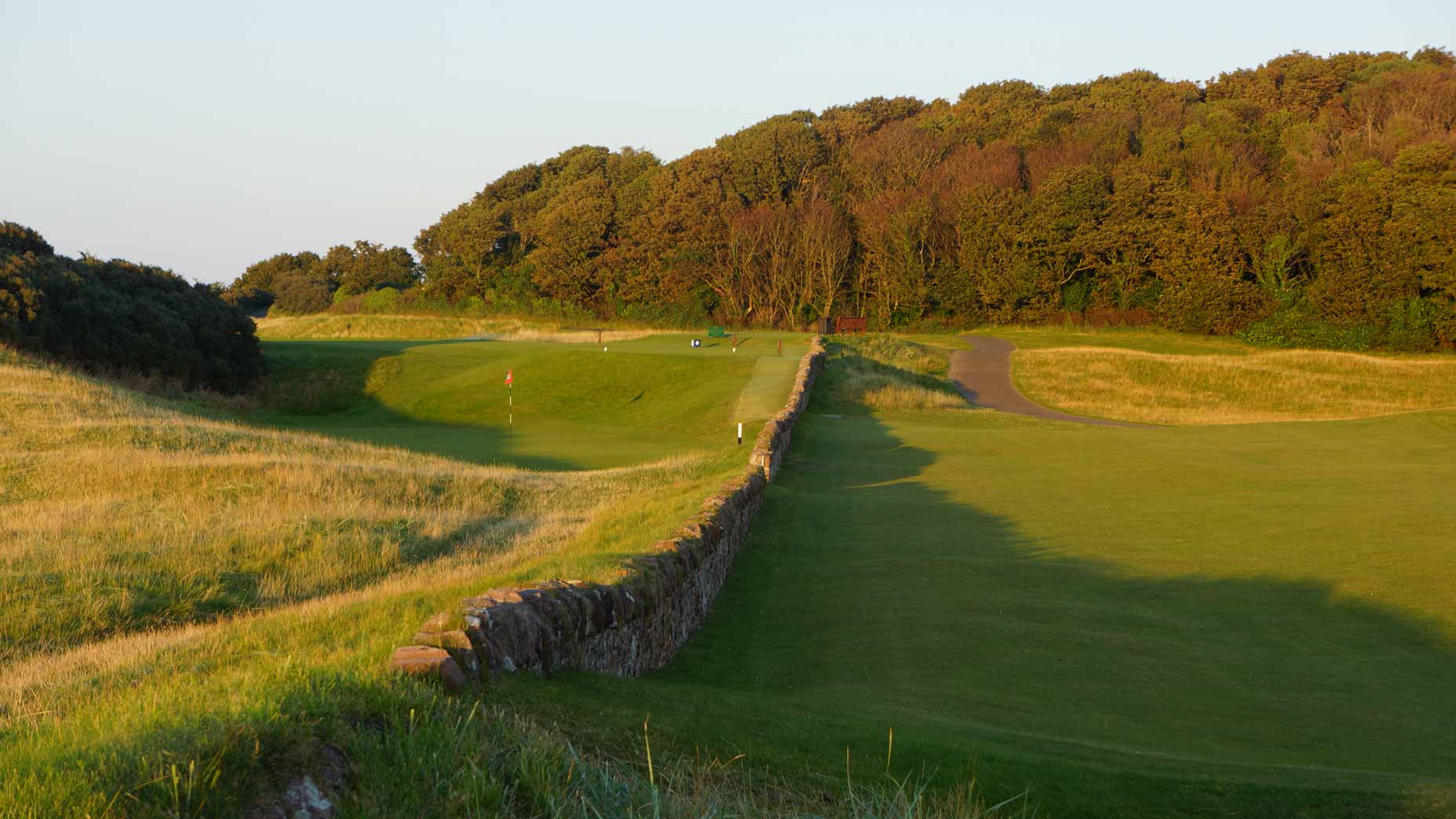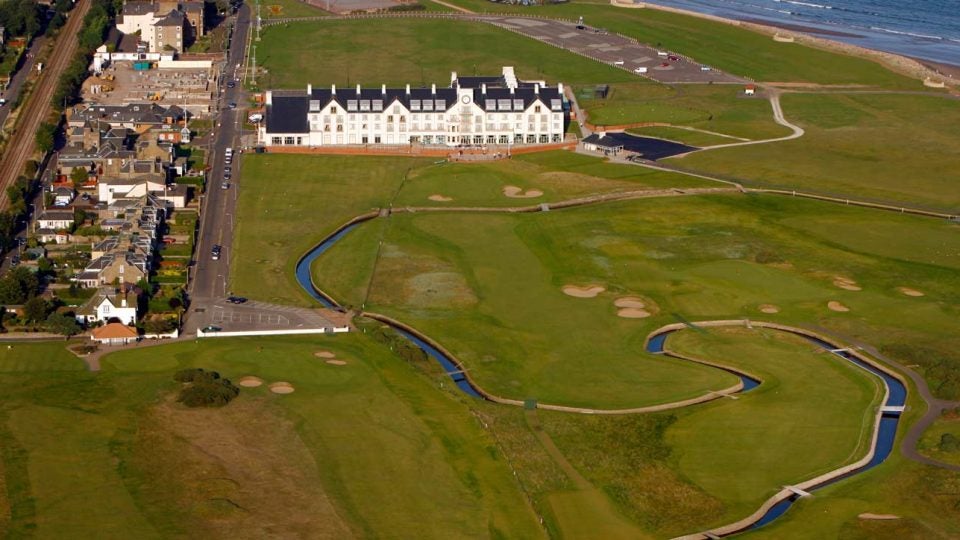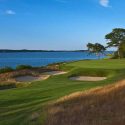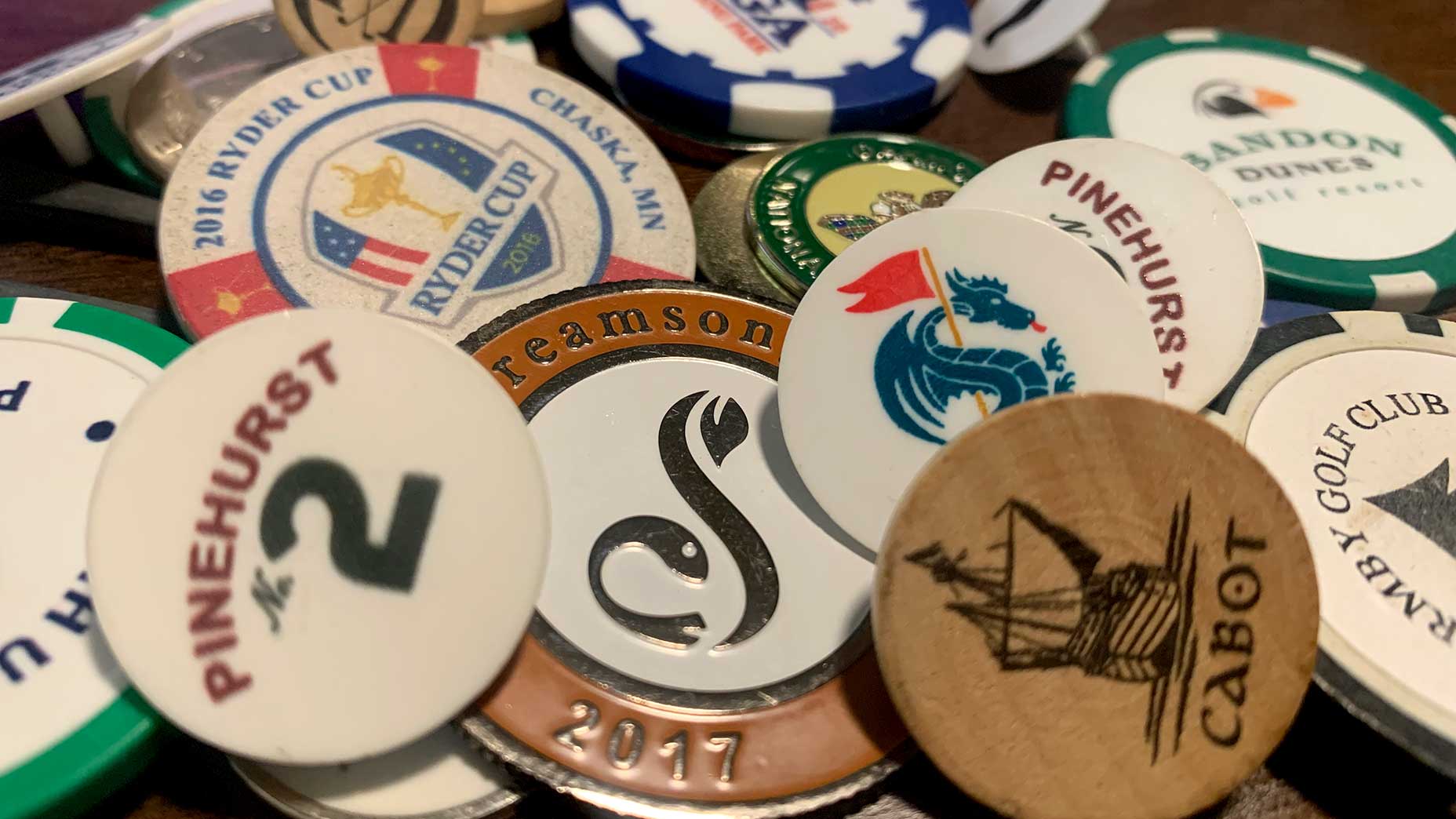 East Lothian, Scotland, golf-trip planning guide: Best places to play, stay, eat
East Lothian, Scotland, golf-trip planning guide: Best places to play, stay, eat
Course Rater Confidential: Which courses make the best use of water hazards down the closing stretch?

GOLF’s Top 100 course panelists are among the most respected and well-traveled course evaluators in the game. They’re also keen to share their opinions. In this GOLF.com series, we’ll unlock their unvarnished views on all questions course-related. The goal is not only to entertain you but also to give you a better understanding of how to understand and appreciate golf course architecture. You can see GOLF’s latest Top 100 Courses in the World ranking here, and meet all of our Top 100 panelists here.
With the PGA Tour on to PGA National and a course best known for a water-laden stretch of holes known as the Bear Trap, we’ve got water on the brain. Though water robs golfers of a chance at a recovery shot — a valued element in golf architecture — surely there are courses that make fine use of water in their designs. Tell us which two courses you think make the best use of water hazards in their closing stretches, and why. (For the purposes of this discussion, let’s leave out holes set on the ocean).
David Baum (Panelist since 2013; has played 71 of the World Top 100): I guess part of the question depends on how you define closing stretches. Perhaps they’re not quite “stretches,” but the two courses that immediately come to my mind are TPC Sawgrass and Carnoustie.
The famed 17th at TPC Sawgrass is as feared and famous a hole as any in tournament golf — and the pressure even more intense given the tournament’s stature as the “5th major.” Is there a more nerve-racking 137 yards in golf? I don’t think so. And for those needing to make birdie to capture the championship or force a playoff on the 462-yard par-4 closing hole, one is basically forced to take on the water on the cape-style 18th.
As for my runner-up, Carnoustie is the course that immediately comes to mind, and it may well be No. 1 if it weren’t for the fact that we only get to see it every 10 years or so when it hosts the Open Championship. The Barry Burn snaking its way through both the closing and penultimate holes has wrecked many a bid for the Claret Jug. Who will ever forget the sight of Jean Van de Velde standing barefoot in the burn, choking away the 1999 Open Championship? And not to be upstaged, the 17th is one of the most brutal par-4s you will ever play — especially if the wind is blowing, with the Barry Burn meandering across the tee box and then looping back before the green.
Ashley Mayo (Panelist since 2019; has played 36 of the World Top 100): When asked to think about the great closing-stretch water holes in golf, my mind automatically wanders to 16 and 17 at Cypress, 18 at Pebble, 16 and 17 at Cabot Cliffs, etc. But by removing holes set on the ocean, you force us to think a little harder.
The first holes to come to mind are the 17th and 18th at TPC Sawgrass. Pete Dye certainly knew how to create a tough finishing stretch, and he expertly used water at Sawgrass to carry out the feat. A 137-yard shot should feel fairly simple, especially if you’re a pro golfer with a wedge in your hands. Alas, we’ve all seen the disasters that have unfolded on the 17th at Sawgrass, and it’s all thanks to a tiny green surrounded by plenty of blue.
But the course’s next hole shouldn’t go unnoticed, as it offers a totally different way to intimidate with water — a long, narrow par-4 that’s flanked by blue up the left and trees up the right, requiring precision and length off the tee and upon approach. Sawgrass’ final two holes prove that water can test a golfer’s skills and demand precise shot-making in a wide variety of ways.
ADVERTISEMENT
Luke Reese (Panelist since 2019; has played 85 of the World Top 100): Taking the ocean out is tough one as it eliminates a great number of classic risk-reward shots. Cypress Point, 15, 16 and 17. Cape Wickham 18, Pebble 18, and on.
But for my money on non-ocean holes, Carnoustie’s 17th and 18th are fantastic water-influenced holes. The Barry Burn makes us think hard about all shots on those holes — especially when the wind blows, which is always. The 1999 Open reinforces that. A drive on 18 makes us protect against a draw because of the out-of-bounds left and brings the burn heavily into play. On the second shot, downwind conditions require us mortals to consider laying up short of the burn and hitting a short third shot.
After Carnoustie, I would have to say that Pete Dye is the late-hole water-hazard master. Kiawah Ocean Course No. 17 is an absolute card-wrecker from most tee boxes, with a long carry and thin landing green. At TPC Sawgrass, No. 17 is short, tricky and windy. Lots get that wrong. And then I would add The Golf Club, No. 18, which is all about the wind and how close you can get to the green for the approach. A medium to short iron really makes life easier there.
Double-bogey is lurking on each of those holes.
To receive GOLF’s all-new newsletters, subscribe for free here.
More “Course Rater Confidential”:
Is Pebble Beach better than Bandon’s Pacific Dunes?
What are the 3 best TPC courses?
Is Torrey Pines overrated or underrated?
Palm Desert’s best public golf courses
ADVERTISEMENT







